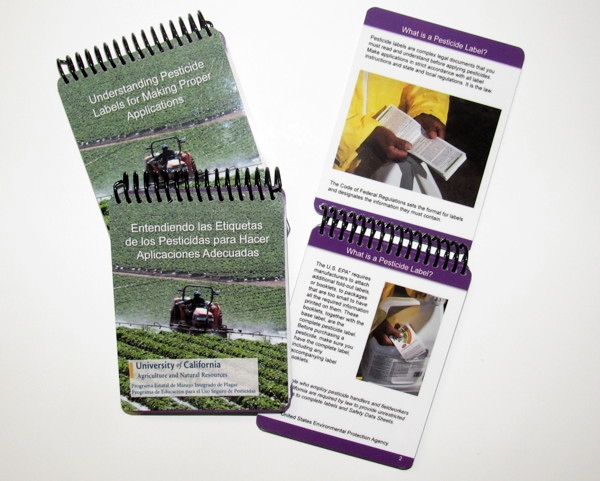Utilizing the Arthropod Pesticide Resistance Database
Growers face the daunting challenge of managing several pests that exhibit pesticide resistance. In this battle, selecting appropriate pesticides play a crucial role. We know that pesticide resistance is a phenomenon in which certain pest populations develop the ability to withstand the effects of pesticides that were once effective against them. This resistance can occur due to the natural genetic variability within pest populations and is exacerbated by the overuse or misuse of specific pesticides. To prevent or mitigate pesticide resistance, growers can alternate pesticides with different modes of action. This approach involves periodically switching between pesticides that target pests using different biological mechanisms, making it more challenging for pests to develop resistance to all of them. By diversifying the pesticides they use, growers reduce the selective pressure on a single mode of action, slowing down the development of resistance To make informed decisions, agricultural experts can utilize resources such as UC ANR's pest and pesticide recommendations. Another useful tool I just learned about is the Arthropod Pesticide Resistance Database, available at https://www.pesticideresistance.org/. This resource serves as a comprehensive repository of information related to arthropod pesticide resistance.
The Arthropod Pesticide Resistance Database offers a wealth of data on resistance in various arthropod species, such as insects, mites, and ticks. Users can access information about the resistance mechanisms, geographical distribution, and the latest research findings on pesticide resistance in these pests. To use the database effectively, users can search for specific pests or pesticide. Users can utilize the database to identify regions where resistant pest populations are more prevalent, allowing them to tailor their pest management strategies accordingly. What strikes me as fascinating is the availability of data from around the globe. By understanding which pesticides are still effective and which ones may need to be used sparingly or replaced with alternative methods, farmers can make more sustainable and cost-effective choices to protect their crops. Have you used this resource before to make decisions or learn about a pest and it's control? I'd love to hear from you at hcohen@ucanr.edu
